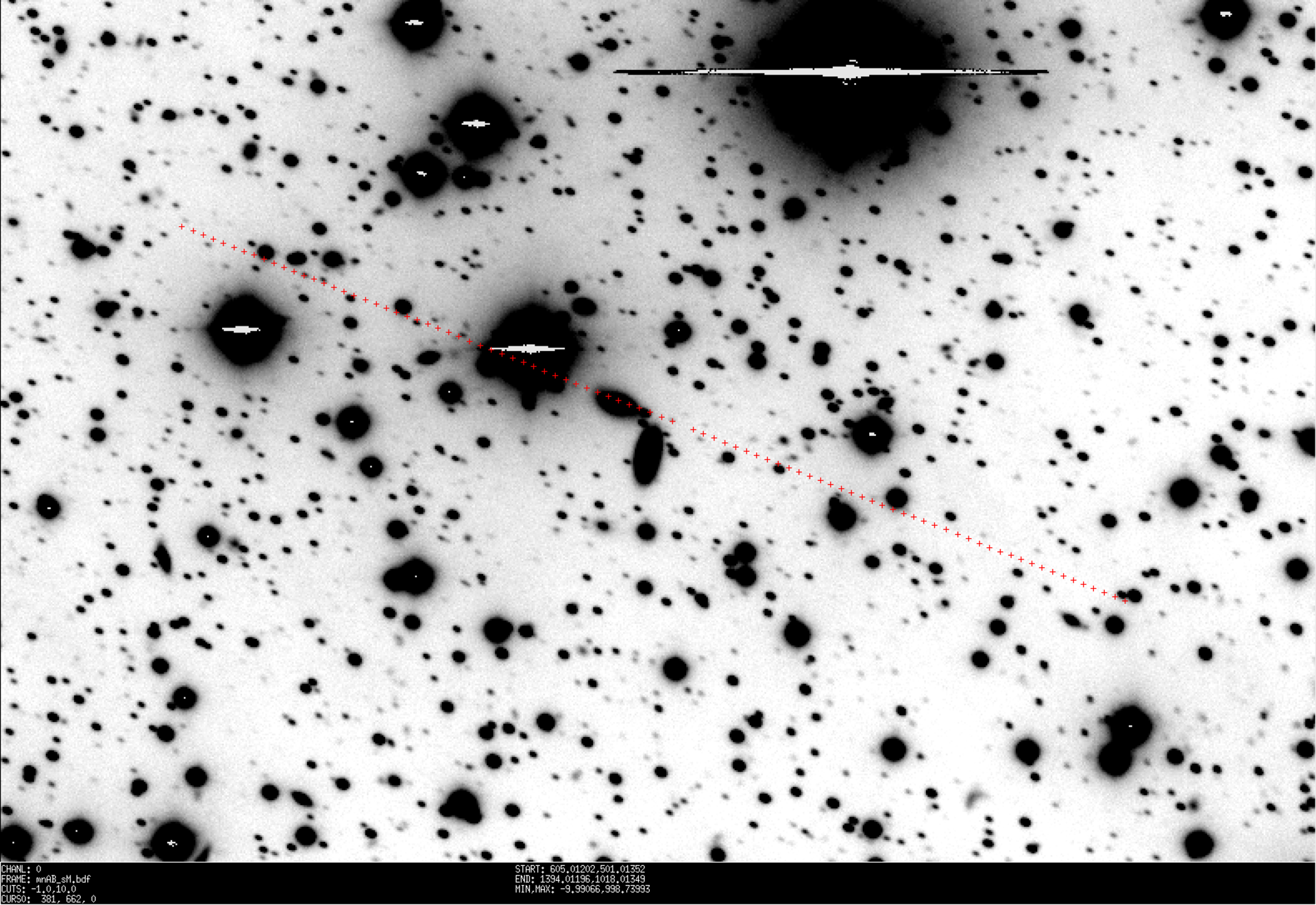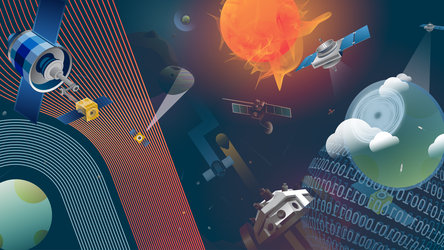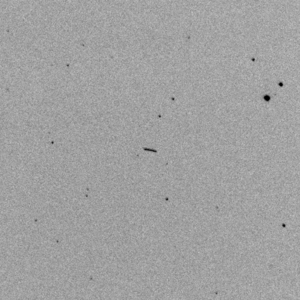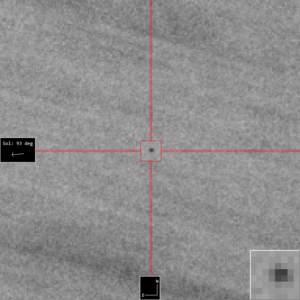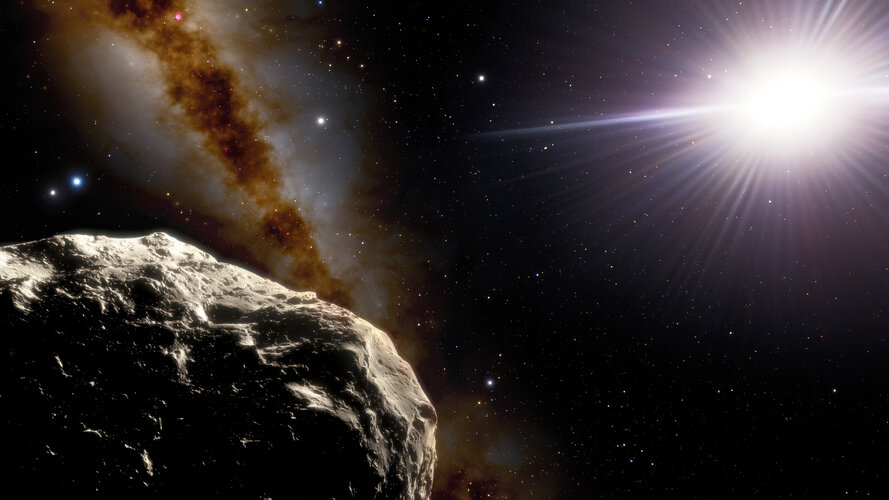Impact in 2052 ruled out as ESA counts down to Asteroid Day
In brief
Just in time for worldwide Asteroid Day: a threatening space rock lingered at the top of risk lists around the globe for months, with a real chance of impacting Earth on 2 April 2052. Now, ESA’s asteroid team working with experts at the European Southern Observatory have officially removed ‘2021 QM1’ from their asteroid risk list, a result of skilled observations and analysis of the faintest asteroid ever observed with one of the most sensitive telescopes in the world.
With Asteroid Day Live 2022 set for 30 June, we can safely say that the riskiest asteroid known to humankind in the last year will not strike – at least not for the next century.
*What was it like to track this asteroid? Get the full story in ESA’s fascinating behind-the-scenes look at how European experts handle asteroid risks in the official countdown to Asteroid Day live on 30 June, airing at 10:25 CEST on AsteroidDay.org and via ESA WebTV.*
In-depth
Impact 2052
2021 QM1 was initially discovered on 28 August 2021 by the Mount Lemmon observatory, located north of Tucson, Arizona. To start, nothing stood out as unusual about the discovery – about a dozen new near-Earth asteroids are discovered every dark night. Routine follow-up observations were then acquired from telescopes around the globe, but these started to tell a more worrying story.
“These early observations gave us more information about the asteroid’s path, which we then projected into the future,” said Richard Moissl, ESA’s Head of Planetary Defence.
“We could see its future paths around the Sun, and in 2052 it could come dangerously close to Earth. The more the asteroid was observed, the greater that risk became.”

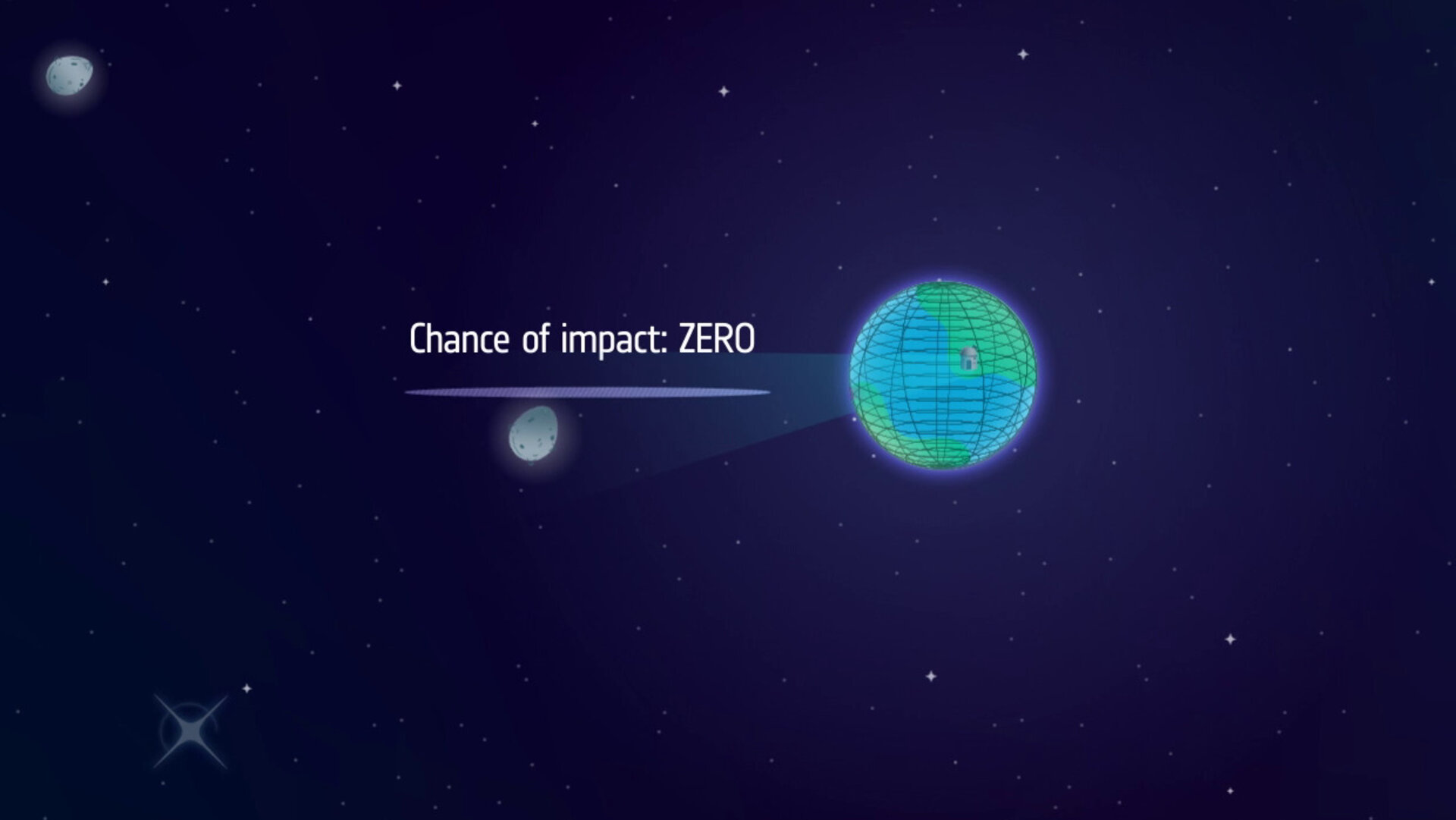
Access the video
It’s important to note that orbit calculations based on just a few nights of observations come with some uncertainty, which is why asteroids often get onto ESA’s risk list soon after they are discovered and are then removed once more data is gathered, uncertainties shrink, and the asteroid is proven safe. On this occasion, that wasn’t possible.
Unfortunate cosmic alignment
Just as the risk appeared to be increasing, an (im)perfect cosmic alignment occurred: the asteroid’s path brought it closer to the Sun as seen from Earth, and for months it became impossible to see due to our star’s brilliant glare.
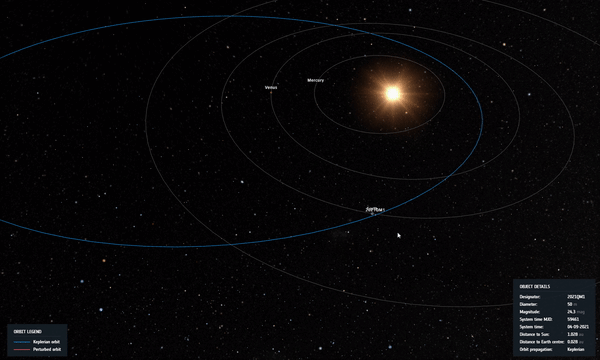
“We just had to wait,” explained Marco Micheli, Astronomer at ESA’s Near-Earth Object Coordination Centre (NEOCC).
“But to cap things off, we knew that 2021 QM1 was also moving away from Earth in its current orbit – meaning by the time it passed out of the Sun’s glare, it could be too faint to detect.”
While they waited, they prepared.
Priority access to one of Earth’s most powerful telescopes
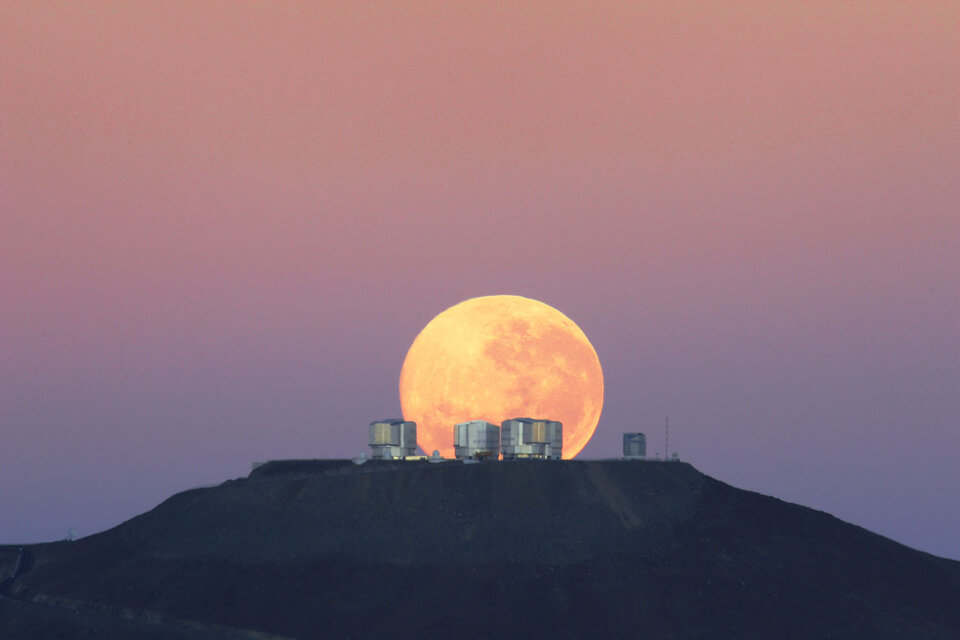
The European Southern Observatory’s Very Large Telescope (VLT) was primed and ready. As soon as the 50-meter asteroid edged out from the sunlight – and if and when weather conditions allowed – ESO’s VLT would focus its 8 m mirror on the disappearing rock.
“We had a brief window in which to spot our risky asteroid,” explained Olivier Hainaut, Astronomer at ESO.
“To make matters worse, it was passing through a region of the sky with the Milky Way just behind. Our small, faint, receding asteroid would have to be found against a backdrop of thousands of stars. These would turn out to be some of the trickiest asteroid observations we have ever made”.
Faintest asteroid ever observed
Over the night of 24 May, ESO’s VLT took a series of new images. The data arrived and Olivier and Marco began to process them, stacking subsequent observations on top of each other and removing the background stars: it took some time.
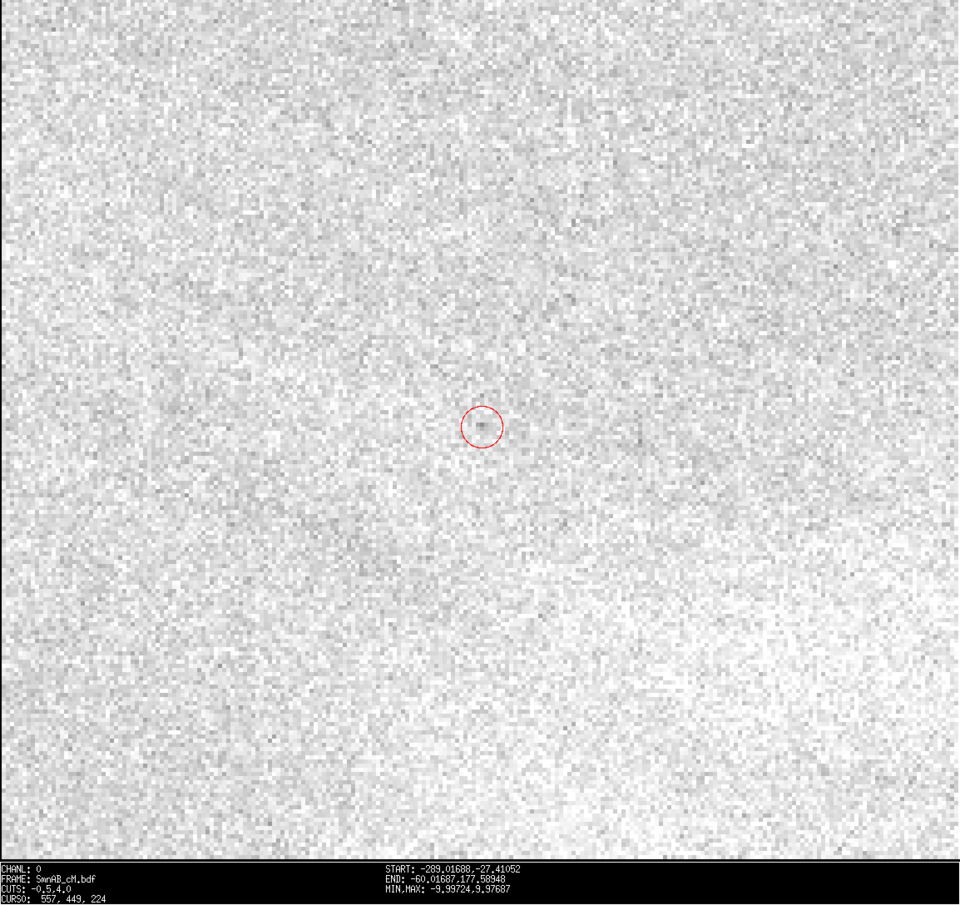
The result? A positive detection of the faintest asteroid ever observed. With a magnitude of 27 on the scale used by astronomers to describe the brightness of objects in the sky, 2021 QM1 was 250 million times fainter than the faintest stars visible to the naked eye from a dark spot. (In this astronomical scale of visible magnitudes, the brighter an object appears the lower the value of its magnitude, while the brightest objects reach negative values, e.g. the Sun is magnitude -27).
Olivier was certain this small blur was in fact an asteroid, and Marco was certain that given its location, it was our asteroid.
Safe at last?
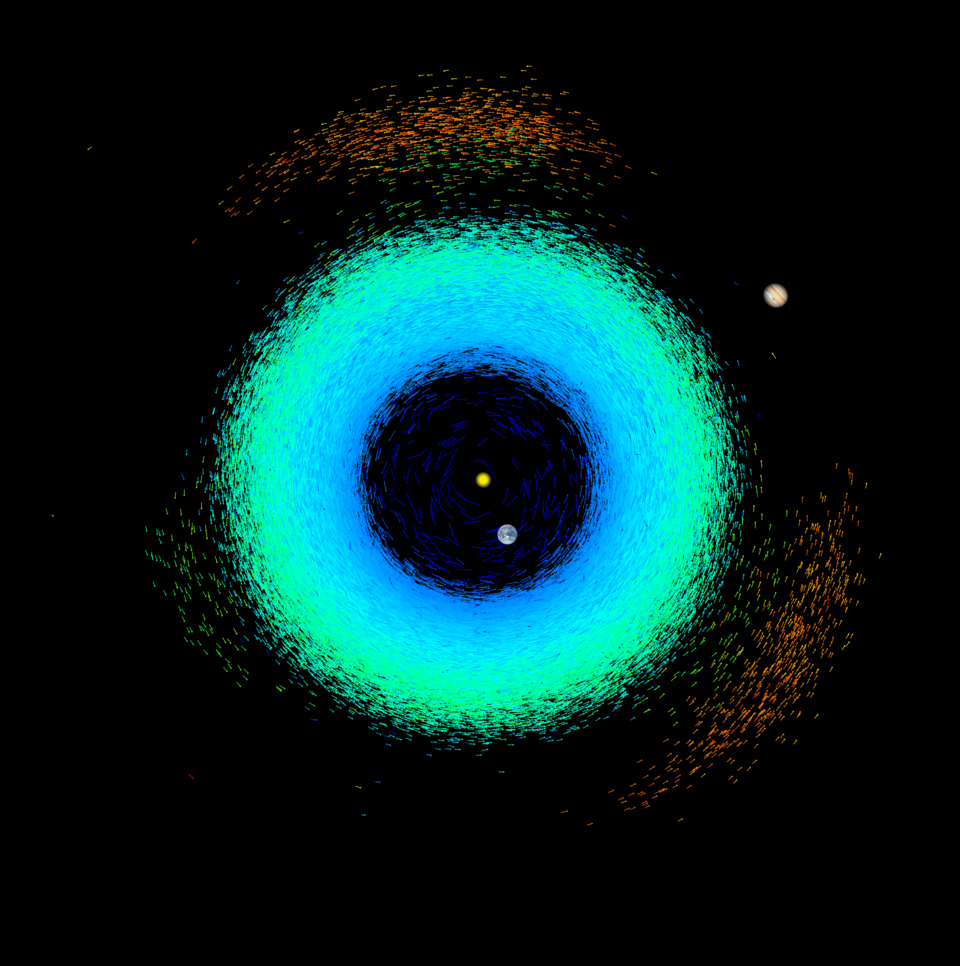
With these new observations, our risky asteroid’s path was refined, ruling out an impact in 2052, and 2021 QM1 was removed from ESA’s risk list. Another 1377 remain.
More than one million asteroids have been discovered in the Solar System, almost 30 000 of which pass near Earth, with many more expected to be out there. ESA’s Planetary Defence Office, NEOCC and astronomers around the globe are looking up to keep us safe, working together to ensure we know well in advance if an asteroid is discovered on a collision course.
Watch Asteroid Day Live 30 June
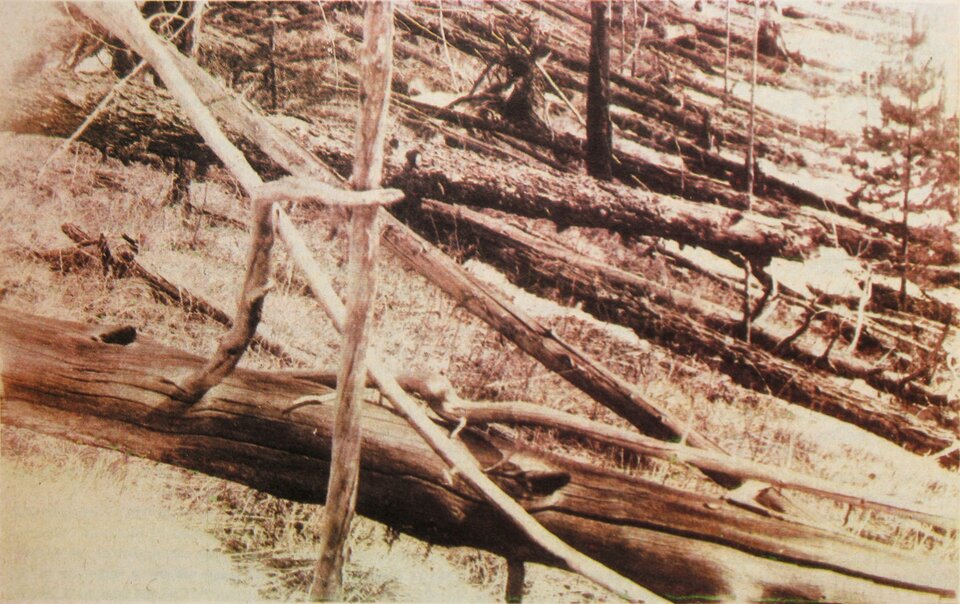
How worried are the world’s asteroid experts? How did it feel to track humankind’s most risky asteroid? Get the full story in ESA’s 30-minute programme counting down to Asteroid Day live on 30 June, airing at 10:25 CEST on AsteroidDay.org and on ESA WebTV.
Asteroid Day is the United Nations-sanctioned day of public awareness of the risks of asteroid impacts, held annually on 30 June. This year sees its return to Luxembourg for an in-person event following two years of living entirely in the virtual realm. Asteroid experts from ESA, from across Europe and worldwide will converge on the city to take part in a packed four-hour live programme of panels and one-on-one interviews.


